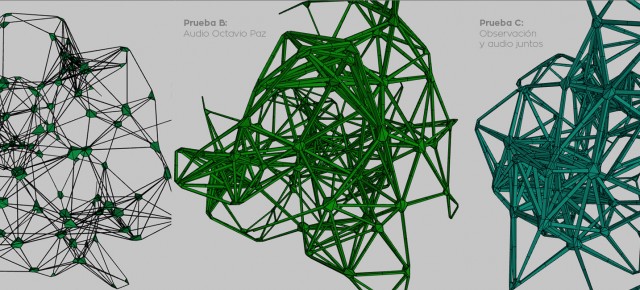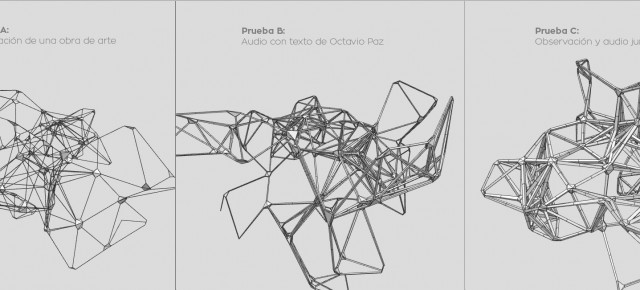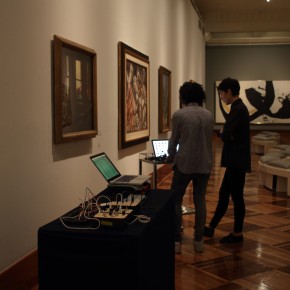But what in the brain triggers aesthetic experiences? And how does knowledge of basic brain mechanisms inform our understanding of these experiences? These questions are at the heart of an emerging discipline dedicated to exploring the neural processes underlying our appreciation and production of beautiful objects and artwork, experiences that include perception, interpretation, emotion, and...
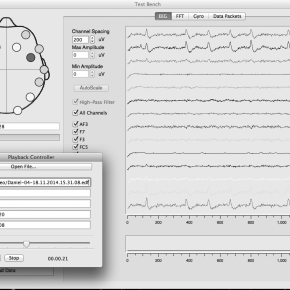
El día de hoy comenzamos con el levantamiento de muestras con un primer grupo de 11 personas. El proceso de registro es de acuerdo al método anteriormente planteado.

En esta primera parte nos concentraremos en lecturas provenientes del Córtex Prefrontal ubicados por los electrodos F3, F4, AF3/4, FC5/6 del lóbulo frontal del sujeto. De acuerdo al modelo de la neuroestética, el goce estético de los individuos puede ser investigado mediante experimentos de imagen cerebral. Cuando los sujetos son expuestos a imágenes de un...
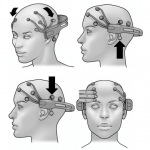
Preparación para las pruebas: Tomar mucha agua No consumir estimulantes antes de la prueba No utilizar fijador de cabe llo o similar General: 10 obras seleccionadas en exhibición en el Museo de Bellas Artes 2o0 sujetos de prueba expuestos a una obra cada uno. Comparación de dos sujetos por obra. Una persona a la...
Over the last few decades there has been steady growth in research that addresses the real-time sonification of electroencephalographic (EEG) data. Diverse application areas include medical data screening, Brain Computer Interfaces (BCI), neurofeedback, affective computing and applications in the arts. [gview file=”http://interspecifics.cc/downloads/realtimesonification.pdf”]
This paper aims at naturalizing the aesthetic experience on the basis of cognitive sciences. In traditional philosophical aesthetics, the aesthetic experience requires a specific attitude and a characteristic work of imagination. Today, cognitive sciences offer a rich set of empirically corroborated concepts useful in explaining these notions in naturalistic terms. This paper extends these concepts...
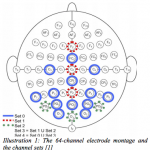
For my earlier article titled “P300 and Emotiv EPOC: Does Emotiv EPOC capture real EEG?” I received an enormous response from various interested parties. Since I’m continuously using the Emotiv EPOC for my research work with good confidence, I thought of extending the discussion about the good side of it with some convincing results. About...
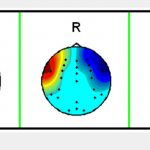
This paper examines the task of recognizing EEG patterns that correspond to performing three mental tasks: relaxation and imagining of two types of pictures: faces and houses. The experiments were performed using two EEG headsets: BrainProducts ActiCap and Emotiv EPOC. The Emotiv headset becomes widely used in consumer BCI application allowing for conducting large-scale EEG...
The original version of this monograph was written in 1989 and published in 1990. It’s purpose
was to document work that had taken place since the publication of my earlier book, Biofeedback
and the Arts, Results of Early Experiments in the mid-1970’s and the time of the original
publication of this monograph. Subsequently, after all copies of the...
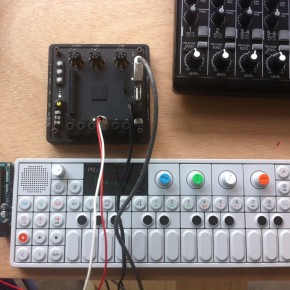
En este primer ejercicio, establecimos un sistema de comunicación utilizando el protocolo Open Sound Control entre la diadema de lecturas EEG Epoc de Emotiv con el software MindyourOSC.


